Panama represents the narrowest portion of a system of protected areas and connecting corridors that extend through the length of Central America and part of Mexico, known as the Mesoamerican Biological Corridor (MBC).
Bird watching
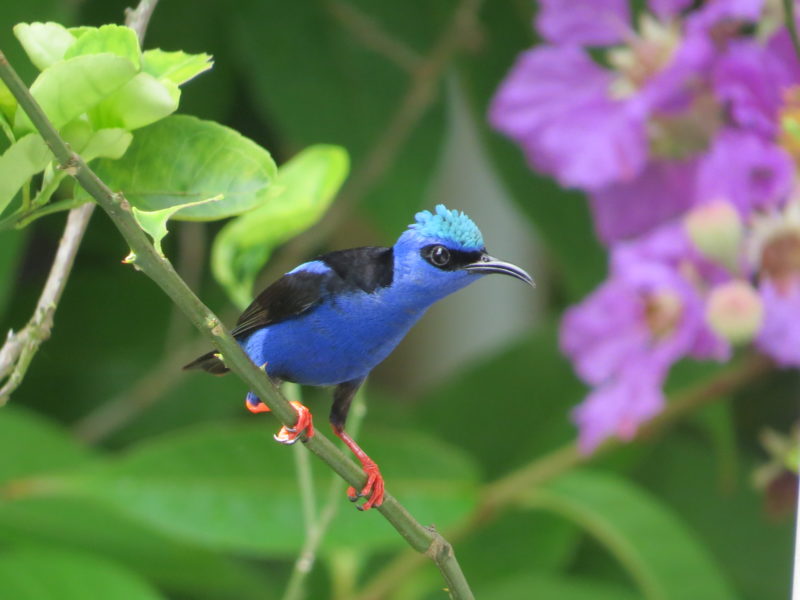
Panama is one of the best places in Central America for bird watching.
944 species of birds in total are recorded in Panama (Dec. 2019), which is considerable considering the relatively small area of the country.
Located between two continents, the narrow country Panama hosts a great diversity of migratory (an impressive variety of birds gather from North and South America) and native birds.
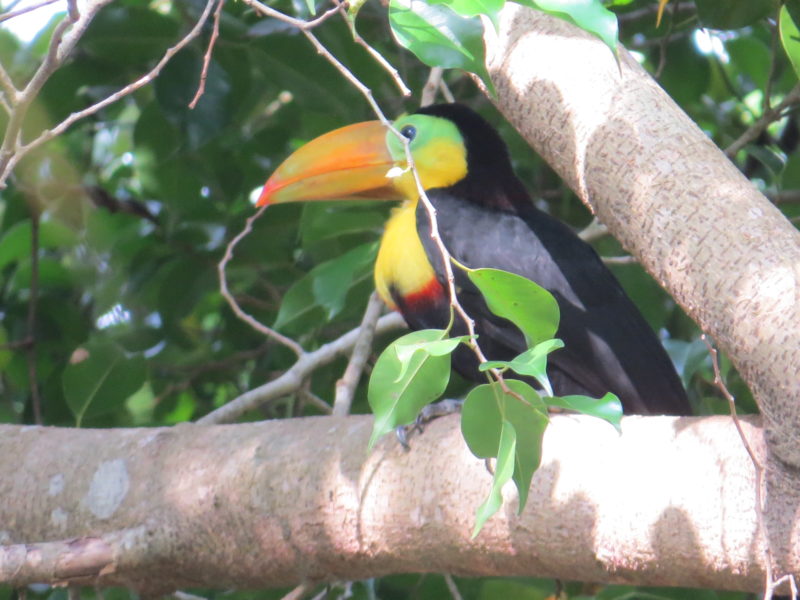
The very famous resplendent Quetzal, the Tricarunculated Araponga, the Harpy Eagle and the King Sarcorampus are just a sample of the many species that thrive in Panama. In Panama green aeras, one can see Toucans, red, blue, yellow birds.
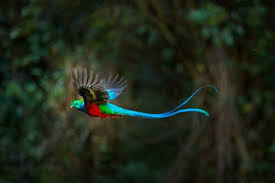
About 150 of the 944 species of birds are neo-tropical migrants that stop in the country from September to April. It is not uncommon to see more than twenty different migrant warblers and vireonidae in a single morning during their spring or fall migration, in addition to the fifty or sixty permanent species.
Turtle and whalewatching
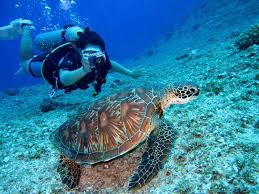
Isla Caña and La Marinera are among few public beaches in Panama where you can come and see the turtles nesting. Sea turtles live almost all the time in the water, except for the breeding season. Therefore, watching thousands of huge sea turtles breeding on the beach is an incredible experience.
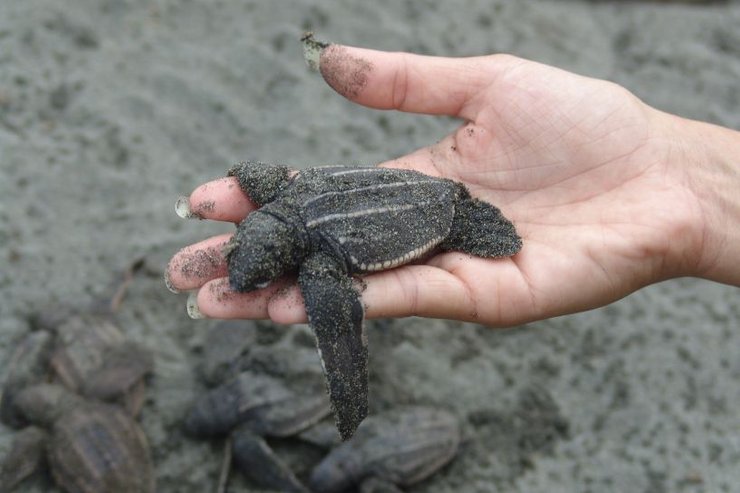
The green season lasts from September to December, that is when curious come to see the turtles laying their eggs or the hatchlings moving to the sea. The turtles here are very large and have an oval shell that is covered with solid shields. The size ranges from 15 inches to 5 feet. The turtles may weigh up to 300 kilograms. The sand on the beaches of Isla Cana and La Marinera is formed by corals, that is why it is white and soft.
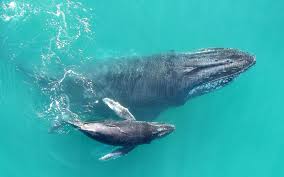
Southern hemisphere humpback whales are present in Panamanian waters during “winter” from July to November during their annual migration to tropical waters to mate and calve. Humpback whales are so called for the posture they adopt when they breathe and then plunge back into the depths.
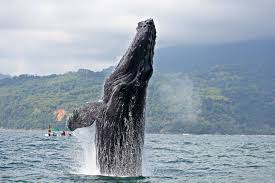
The humpback whale is a cetacean that resembles the blue whale that feeds on krill and small fish. An adult humpback whale consumes between a ton and a ton and a half of food per day and males can reach 11 meters long and females 13 meters.
National parks
The particular geographical location of Panama (the narrow 50 miles “bridge” between Americas) allows for an abundant wealth of flora and fauna.
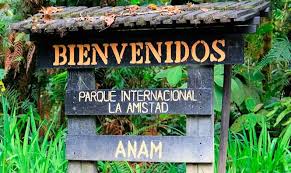
Protecting these natural resources is important in Panama. Indeed, 30% of the entire country has been set aside for conservation.
There are 14 national parks, as well as 16 wildlife refuges and reserves.
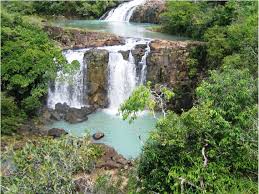
The 14 national parks cover about 3.5 million hectares of rainforest, jungle, mountain range, marine areas, beaches and desert ecosystems which cover about 22% of the country’s surface.
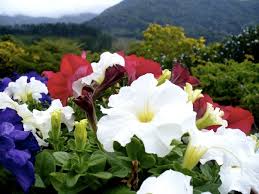
All of these territories provide shelter for 944 species of birds, as well as 220 mammals and 354 reptiles and amphibians.
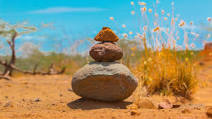
Tropical primary forest
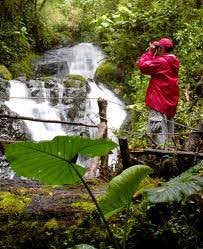
No other country in Central America has seen its urban areas flourish as quickly as Panama while still maintaining easy access to lush tropical jungles.
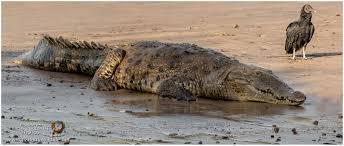
Discover the flora and fauna while observing monkeys, crocodiles, exotic birds and countless varieties of animals.
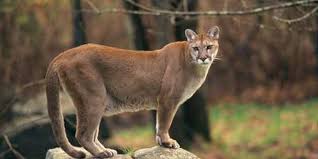
The expansion of human populations has left animals such as white-lipped peccaries, jaguars, giant anteaters, white-tailed deer and tapirs isolated throughout Panama.
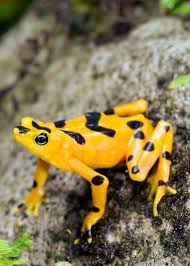
RELAXATION
Spas & Health treatments
Panama has come a long way in health and spa tourism, and today many visitors choose this beautiful and exotic destination to refresh and recharge their minds and bodies.
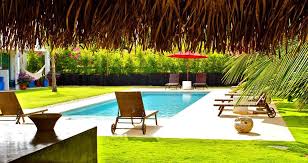
The standard of treatment offered in Panama is comparable to American medical treatments and procedures.

Panama: ranked # 1 place on the planet to retire (according to Forbes): guess why?
We can offer you the following programs:
Day Tours
Gatun Expedition, Aerial Tram and Sloth Sanctuary
Tunnel of Love, Blue Veins and Playa Blanca
Tour Barro Colorado Island on Gatun Lake
Bird Watching and Discovery Rainforest Interpretive Center
Gatun Expedition and Discovery Rainforest Interpretive Center
Tour to Contadora Island, Las Perlas (Pacific Ocean)
Short Trips
Las Perlas Archipelago: Discovering Contadora
Adventures in the Primary Rainforest of Darien
Other Wonders of Bocas del Toro: Escudo de Veraguas and Cave of Bats
The Wonderful Island of Coiba (Pacific Ocean)
Discovering the Costa Arriba of Colon
Long Trips

